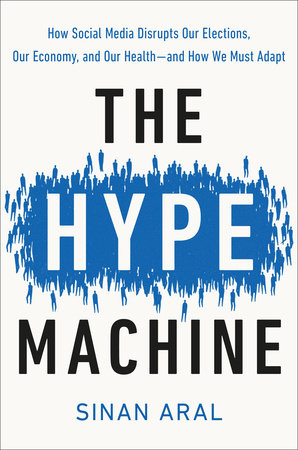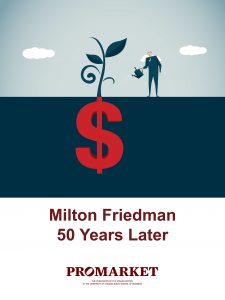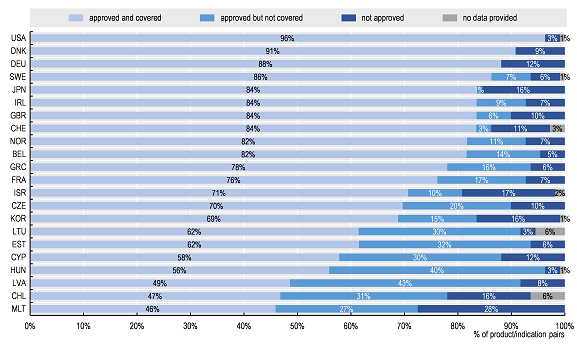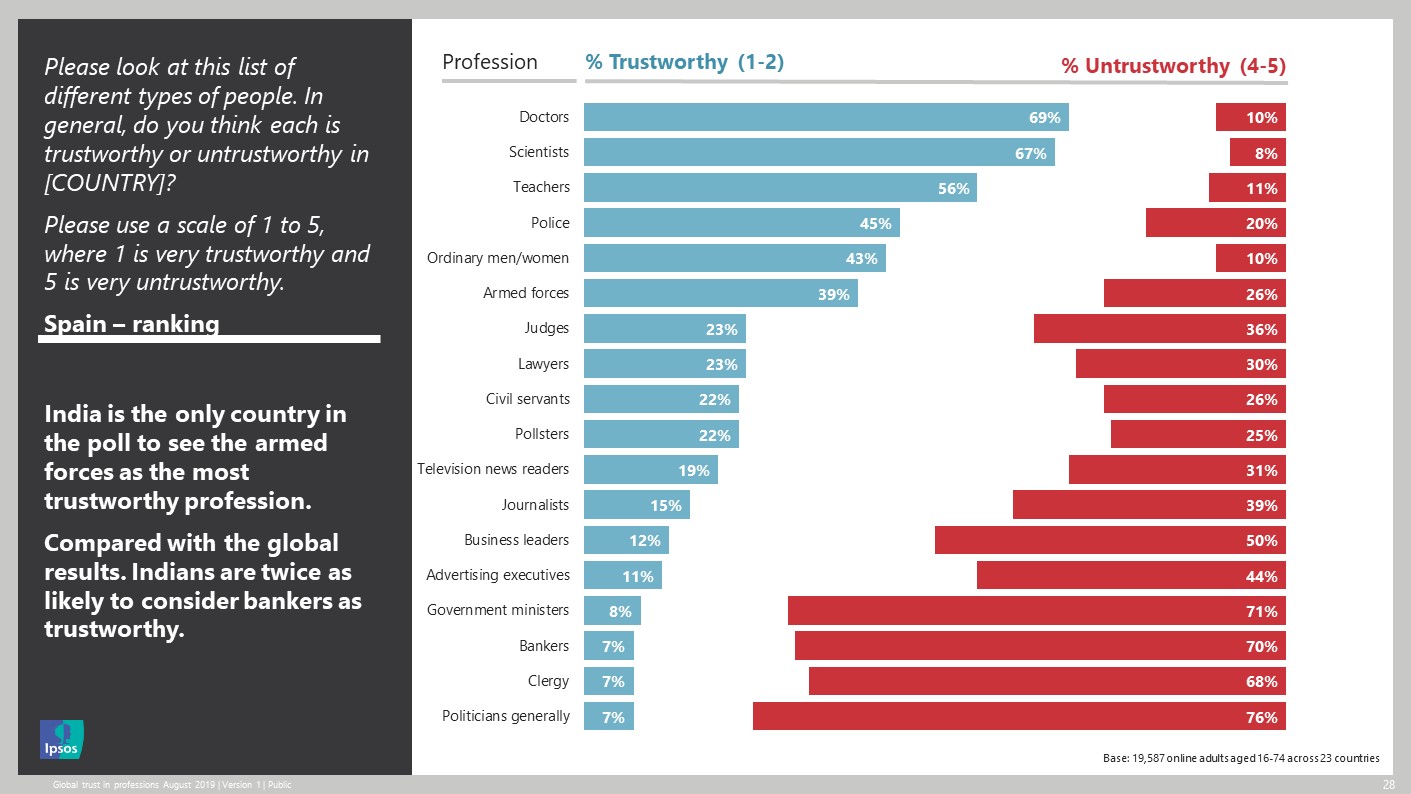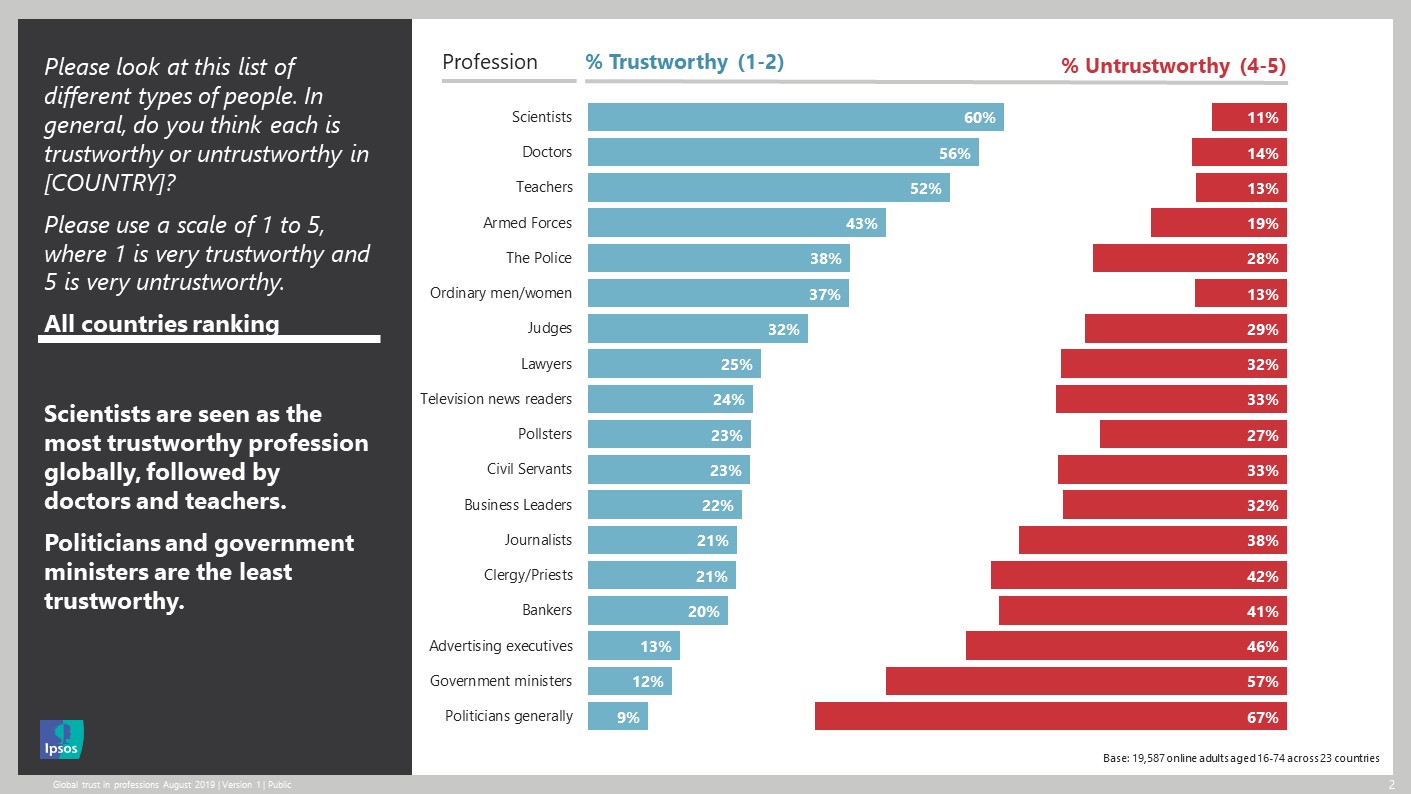From a review article:
We identified 26 studies, where 13 were of high or moderate quality. The most commonly tested nudges were reminders, planning prompts, small financial incentives, and feedback. Overall, 8 of 9 studies with a high or moderate quality ranking, focused on self-management outcomes, i.e., physical activity, attendance, self-monitoring, and medication adherence, found that nudges had significant positive effects.However, only 1 of 4 studies of high or moderate quality, analyzing disease control outcomes (e.g.,glycemic control), found that nudges had a significant positive effect for one intervention arm.In summary, this review demonstrates that nudges can improve chronic disease self-management, but there is hardly any evidence to date that these interventions lead to improved disease control. Reminders,feedback, and planning prompts appear to improve chronic disease self-management most consistently and are among the least controversial types of nudges.
And the message:
There is hardly any evidence to date that these interventions lead to improved disease control.
So now what?



